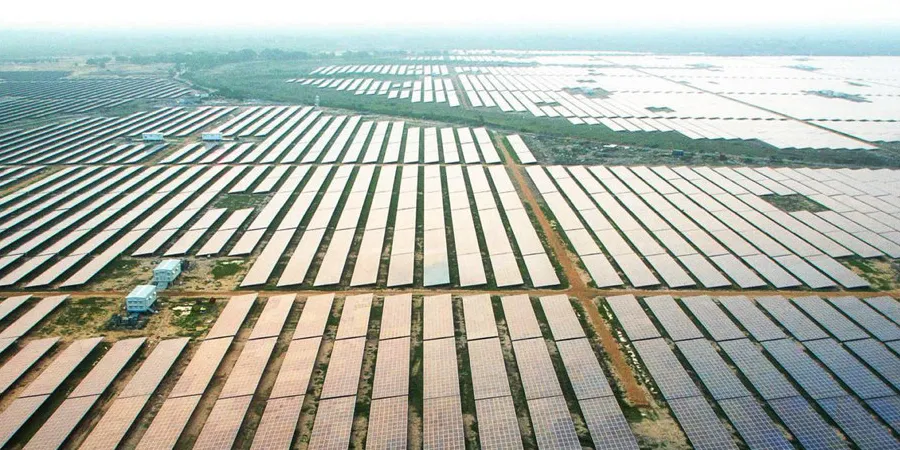Solar developer unveils second gigawatt-scale Indian green hydrogen project in India — weeks after its first
ACME says it will build $6.5bn scheme in Tamil Nadu, a month after announcing similar facility in neighbouring Karnataka

ACME says it will build $6.5bn scheme in Tamil Nadu, a month after announcing similar facility in neighbouring Karnataka
